An area of forestland that, by law or policy, is not available for harvesting. Areas of land and water set aside for ecosystem protection, outdoor and tourism values, preservation of rare species, gene pool, wildlife protection, etc.
(see section 182) The Board must, prior to publishing a report or recommendation, consider whether or not it may adversely affect a party or person. The Board must give any affected party or person the opportunity to review, rebut or clarify the information before the Board publishes its report.
To an agreement holder are orders to do work to remedy a Forest and Range Practices Act contravention, including any damage done to the land.
The re-establishment of trees on denuded forest land by natural or artificial means, such as planting and seeding.
The process by which applications for permits, licences, etc., made to one government agency by an individual or industry, are given to another agency for review and comment.
Indigenous species that are extirpated, endangered or threatened in British Columbia.
A relatively homogeneous portion of a stream that has a sequence of repeating structural characteristics.
An operational plan that includes requirements specified by the Forest and Range Practices Act and allows aRange Act agreement holder to graze livestock or cut hay on Crown range.
An operational plan under the Forest and Range Practices Act that may be prepared in place of a range use plan by those who have demonstrated a level of competence in range management. This plan is less prescriptive, provides options for more flexibility for experienced operators, and encourages innovation.
Crown range and land subject to an agreement under section 18 of the Range Act.
